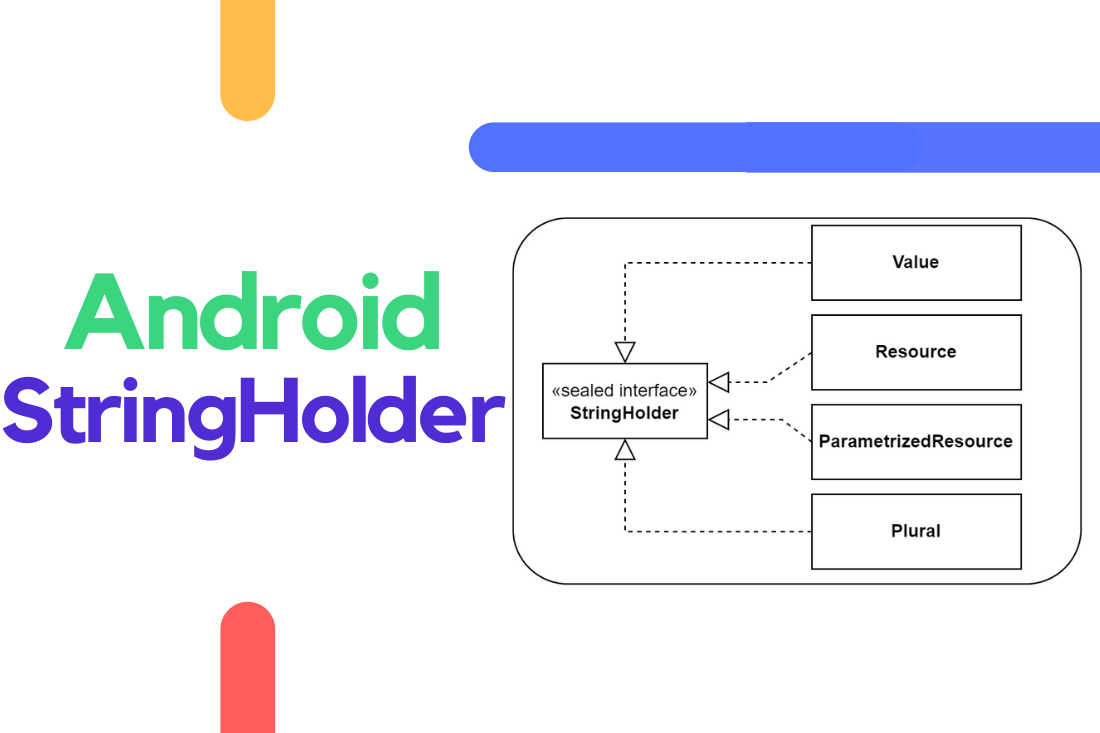Critic’s Rating: 4 / 5.0 4 Detective Kim Burgess has a nice ring to it, doesn’t it? It feels damn good to see a woman in some authority somewhere, and she most certainly earned it. Of course, nothing ever comes easy, and Chicago PD Season 12 Episode 6 posed a few challenges for Burgess on […]
I tried this ^[-A-Za-z0-9]+(,[-A-Za-z0-9]+)*$ and its perfect for comma delimited strings but I’m not able to create an expression that should give me either a SINGLE hyphen or a comma delimited list of strings. I tried regex generator online as well but nothing to my avail. Source link
Here’s a snippet of my XSLT code: <xsl:stylesheet version=”2.0″ xmlns:xsl=”http://www.w3.org/1999/XSL/Transform” xmlns:xs=”http://www.w3.org/2001/XMLSchema” xmlns:ns1=”http://www.oracle.com/retail/integration/base/bo/FileDesc/v1″ xmlns:ns2=”http://www.oracle.com/retail/integration/base/bo/FileRef/v1″ exclude-result-prefixes=”ns1 ns2″> <xsl:import href=”File_Download_Functions.xsl”/> <xsl:output method=”xml” version=”1.0″ encoding=”UTF-8″ standalone=”yes” indent=”yes”/> <xsl:param name=”File_Properties”/> <!– Root-level template that controls output based on matches –> <xsl:template match=”/”> <xsl:choose> <!– Check if there is any match for FileDesc or FileRef –> <xsl:when test=”/ns1:FileDesc or /ns2:FileRef”> <!– […]
When processing HTTP requests, you frequently need to check the parameters which were sent along with that request. Those parameters are generally passed as stringly-typed key/value pairs. None of this is news to anyone. What is news, however, is how Brodey's co-worker indexed the key/value pairs. For i As Integer = 0 To (Request.Params().Count – […]
Getty Images Bishnoi has been in prison since 2015, now held far from his native Punjab state in Gujarat On Monday, Canadian police made a sensational claim. They alleged at a press conference that agents of the Indian government were using “organised crime groups like the Bishnoi group” to target leaders of the pro-Khalistan movement, […]
In this article, you’ll learn how to use string resources inside ViewModel or any place you want, no matter what the source of the string is! We want to treat all strings in Android as equals, whether they’re from strings.xml , backend or user-created content. You’ll need an abstraction representing all of these values to […]
scarlet veil is truly a visionary electronic duo, consisting of Brandi Overstreet and Jerrod Tyler. Together, they have developed a spellbinding allure since their start and today have released their new single “Strings”. With an entrancing introduction, “Strings” explodes into an uptempo, ethereal dance tune, captivating the senses from start to finish. This track serves […]
A string in Python is a sequence of characters. These characters can be letters, numbers, symbols, or whitespace, and they are enclosed within quotes. Python supports both single (‘ ‘) and double (” “) quotes to define a string, providing flexibility based on the coder’s preference or specific requirements of the application. More specifically, strings […]
Kotlin Multi-platform is a great feature that gives the ability to share code between the different parts of an application (mobile clients, web clients, and even the server). Using this feature often leads to the creation of a core module which contains the reusable code, such as, models and business logic. But most of the […]






